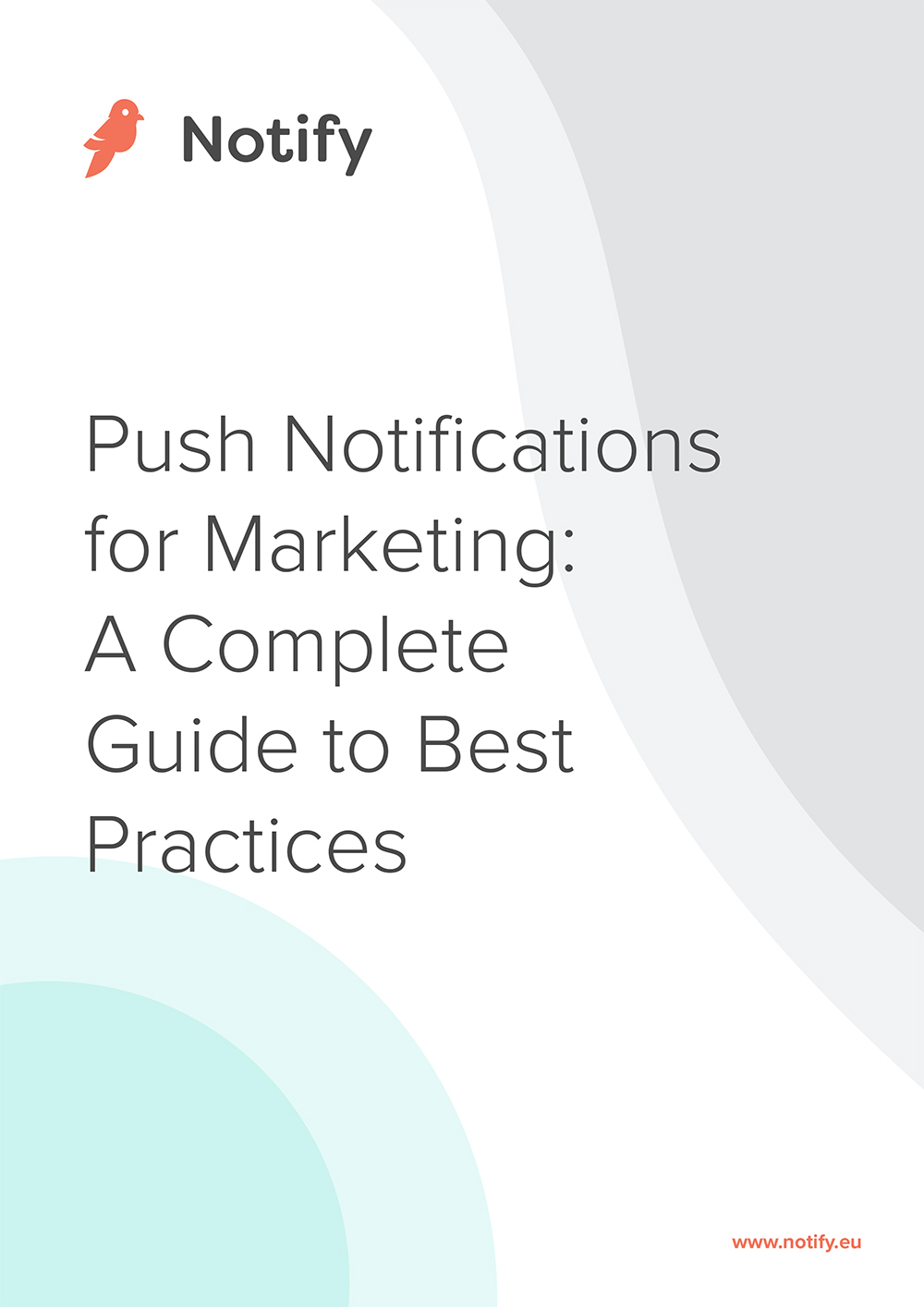Push notifications are often unfairly categorised as only being suited to consumer marketing, but in this blog post, we want to make the case for how b2b businesses can leverage push notifications to enhance their marketing efforts.
Push notifications are used on mobile devices and web browsers as an instant way of sending a short and snappy message to a customer or prospect. They should always contain a clear call-to-action, which is what makes them so appealing. Before you begin this form of marketing, it’s vital to ensure you understand the communication channel fully to avoid annoying your customers and always give the best possible experience. Keep reading to learn more…
Start with your goals – always
Push notifications can be powerful but as with any marketing channel, it’s best to create a strategy that aligns with your wider goals and the research and data you have on your customers. At this point think about how push notifications will differ from other communications channels such as social media and email, to ensure you’re utilising push for its strengths. Then, set measurable goals to understand how your push notifications are performing through KPIs such as click-through-rates, and make adjustments as needed to optimise campaigns.
Decide on notification categories
As part of the creation of your push strategy, define the categories of notifications you’ll be sending. This differs according to the products and services you provide and your overall strategy. For example, you may have specific offers across the year that you want to promote to subscribers for money off your B2B product, or you may inform users about new features within an existing product they’ve purchased. You could send push notifications to all blog subscribers whenever a new blog post is created. There are lots of options! Read our best practices for push notifications here.
Being clear on what types of notifications you’ll be sending will keep you on track with your goals and on brand, so that customers know what to expect from you. Make sure you’re always providing value and be mindful of the amount of push notification you’re sending to avoid unsubscribes.
Personalise
User-centricity is important for engagement and can be achieved through better personalisation at every step of the buying journey. Using modern marketing tools, its possible to segment the audiences you’re targeting in a personalised way to send them the most relevant notifications. Consider how you could send different recommendations to customers depending on previous interests, like what blogs posts they read or products they’ve inquired about.
Make the content memorable
The word limit and content types you can include in notifications differ depending on the platform. For example, rich push notifications are available on Chrome and Android meaning you can include images. They say “a picture is worth a thousand words” so use rich media where you can to deliver more engaging content. Rich media encompasses images, video and audio – plenty of great options!
Generally, the word count needs to be kept to a minimum in all push notifications, therefore, it’s key to focus on clear, compelling content that drives the user to take a desired action. Ensure you use the same language and tone of voice across marketing communications channels to stay consistent and have maximum impact.
It’s clear that push notifications have significant potential for B2B businesses looking to engage prospects effectively. Don’t forget, in B2B it’s all about taking an integrated approach to marketing through efficient targeting, great content that drives user action and continuous optimisation.
If you’re interested in other B2B marketing channels, check out our blog on B2B email marketing strategies.
Want to leverage your business?
Notify connects existing messaging services – like text messages, mail or push notifications – into one simple API.
